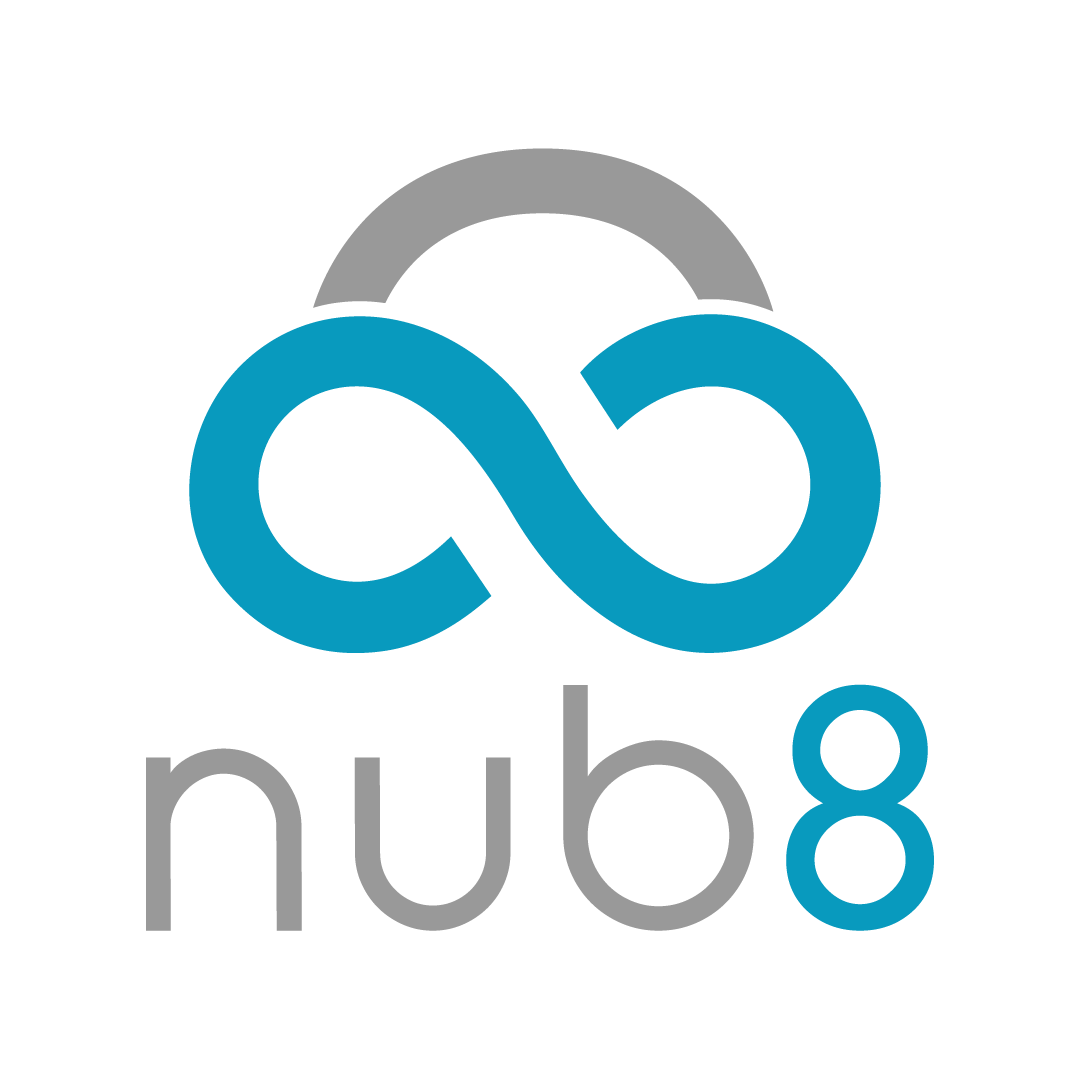Azure DRaaS provides a stress-free to deploy, easy to sustain, secure solution when clients are looking to reduce infrastructure costs and minimize downtime during a disaster. Azure provides disaster recovery features as part of their strategy to offer an uncompromised, resilient infrastructure to support their clients.
Following are some of the features of Azure based DRaaS services.
Geographic Distributed Regions
Azure works in multiple datacenters around the world. These datacenters are assembled in to geographic regions, giving you tractability in choosing where to build your applications. It is important to comprehend how and where your virtual machines (VMs) function in Azure, along with your choices to capitalize on performance, availability, and redundancy. Each Azure Region is tactically placed within a specific geography, and almost all the Azure Regions are positioned within the same general geography as at least 1 other Region; it’s pair. The Azure Region Pairs are supplementary than just a visual concept to think about with Azure Regions. The Azure Region pairs are associated directly together and provide multiple plus points when used together in the same distributed or redundant system.
Azure Site Recovery (ASR)
Azure Site Recovery (ASR) is used for a DR-as-a-Service. So client no longer need to build and maintain a secondary physical datacenter, and the additional cost of electricity, cooling, and multiple redundancies to ensure it is ready and able to support your entire enterprise, in the event of a disaster. Azure Site Recovery supports defending not only Hyper-V virtual machines, but also VMware, and Physical hosts. Azure Site Recovery makes it possible for businesses to minimize service downtimes due to IT operational interruptions. Microsoft Azure Site Recovery arranges and manages disaster recovery for both physical servers and Windows, Linux, Hyper-V, and VMware virtual machines. Azure-to-Azure (A2A) Site Recovery provides the equipment and instruments to enable cloud-to-cloud replication and failover, empowering you to utilize Azure as your primary datacenter, and your disaster recovery environment.
Traffic Manager service
Traffic Manager provide failover or balance between different endpoints that would ideally be located on different datacenters or regions. Traffic Manager could be used to reduce latency or disaster recovery(DR)/failover. Azure Traffic Manager redirects cloud traffic to new endpoints based on volume, geography, or other factors that you define. This is helpful in so many ways; first, if you know that a hurricane is headed in your direction, you can request that all server traffic can be redirected to a new location. Or, perhaps you know that traffic is going to peak at certain times of the year.

Nub8 DRaaS experts design tailored solutions that allow clients to meet their disaster recovery and business continuity necessities, as well as attain internal compliance and plan for any future contingencies. Contact us to learn more about our Azure DRaaS offerings.
